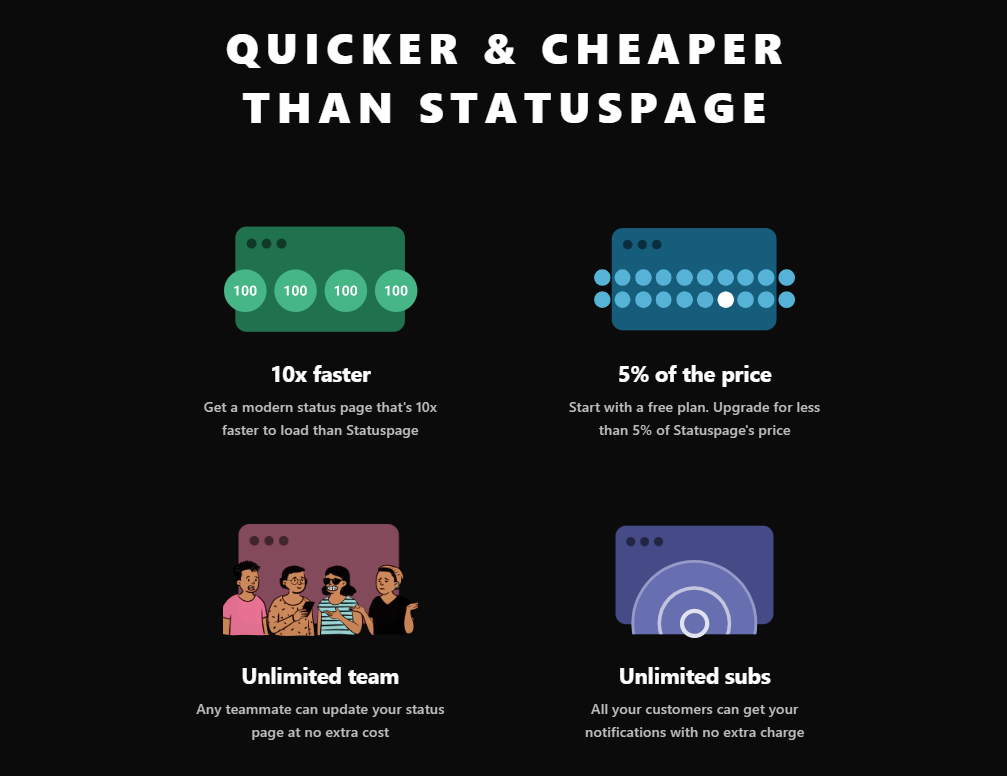Steps to Success: Implementing Continuous Testing in DevOps 2026

Imagine this – you’re part of a vibrant software development team, continually racing against the clock. Your goal? To deliver high-quality software at lightning speed while keeping customers fully engaged. Sounds like a tough feat, right? Enter DevOps and continuous testing.
As the world of software keeps evolving, the need for high-quality DevOps is skyrocketing. The global continuous testing market reflects this trend, with projections estimating its value to rise from $1.6 billion in 2022 to $5.3 billion by 2030.
The pressing question is, how do we harness the power of continuous testing in a DevOps environment? How do we guarantee that each line of code withstands the pressures of real-world usage?
In this extensive article from Instatus, we'll untangle continuous testing, providing a practical step-by-step guide for integrating it into a 2026 DevOps setting. Let’s get started!
What is DevOps continuous testing?
DevOps continuous testing is an approach that incorporates testing activities throughout all stages of software development. It involves nonstop running of automated tests to identify and address potential issues, ensuring that software is tip-top and ready for release.
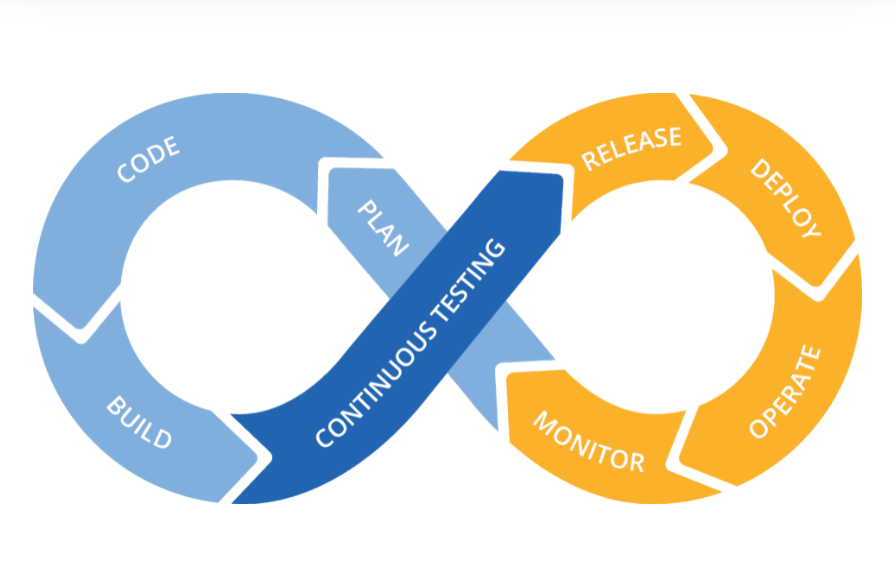
In a DevOps strategy, continuous testing is not a separate phase but an integral part of the process. It brings together developers, operations teams, and quality assurance professionals, encouraging constant collaboration and feedback.
The standout advantage is its ability to detect issues at the earliest stages. This allows teams to fix them quickly before they grow into larger problems. Consequently, it saves time, improves DevOps security, and upholds the high standards that users expect.
Why is DevOps continuous testing crucial?
Continuous testing is the cornerstone of a robust DevOps philosophy. It's founded on a fundamental principle – detecting an issue early makes it easier to resolve. Let's delve into some benefits of incorporating continuous testing in a DevOps framework:
-
Rapid adaptation to market changes: Continuous testing – by leveraging automated testing and software deployment – allows organizations to develop and release updates more frequently. It ensures ongoing testing of existing and new code, so companies can promptly respond to market demands and any potential hiccups.
-
Boosts test coverage: By consistently testing all aspects of software, continuous testing enhances its dependability and user satisfaction. Effective implementation of DevOps testing provides developers with the confidence that any potential errors are detected before software integration.
-
Reduces defect-related costs: Continuous testing, which includes practices like regression testing, identifies and rectifies errors that often surface when code undergoes modifications. This early intervention significantly diminishes the overall cost associated with defect resolution, highlighting its cost-effectiveness.
Supporting these benefits are real-world case studies. For instance, the global online marketplace Etsy successfully integrated continuous testing into its DevOps practices. This implementation paved the way for daily code deployments, leading to better product quality and improved customer experience.
Additionally, Netflix applies continuous testing to handle multiple daily deployments, enhancing its responsiveness to market changes and customer requirements. These examples reinforce the significant role continuous testing plays in delivering superior software.
How to achieve successful DevOps continuous testing
Implementing DevOps continuous testing is no small feat, but its benefits in today's software development landscape make it essential. Here's a step-by-step roadmap to achieving successful DevOps continuous testing:
1) Choose the right test automation tools
Selecting appropriate test automation tools is essential for effective continuous testing. Aim for tools that align well with your team's capabilities, project requirements, and broader organizational goals.
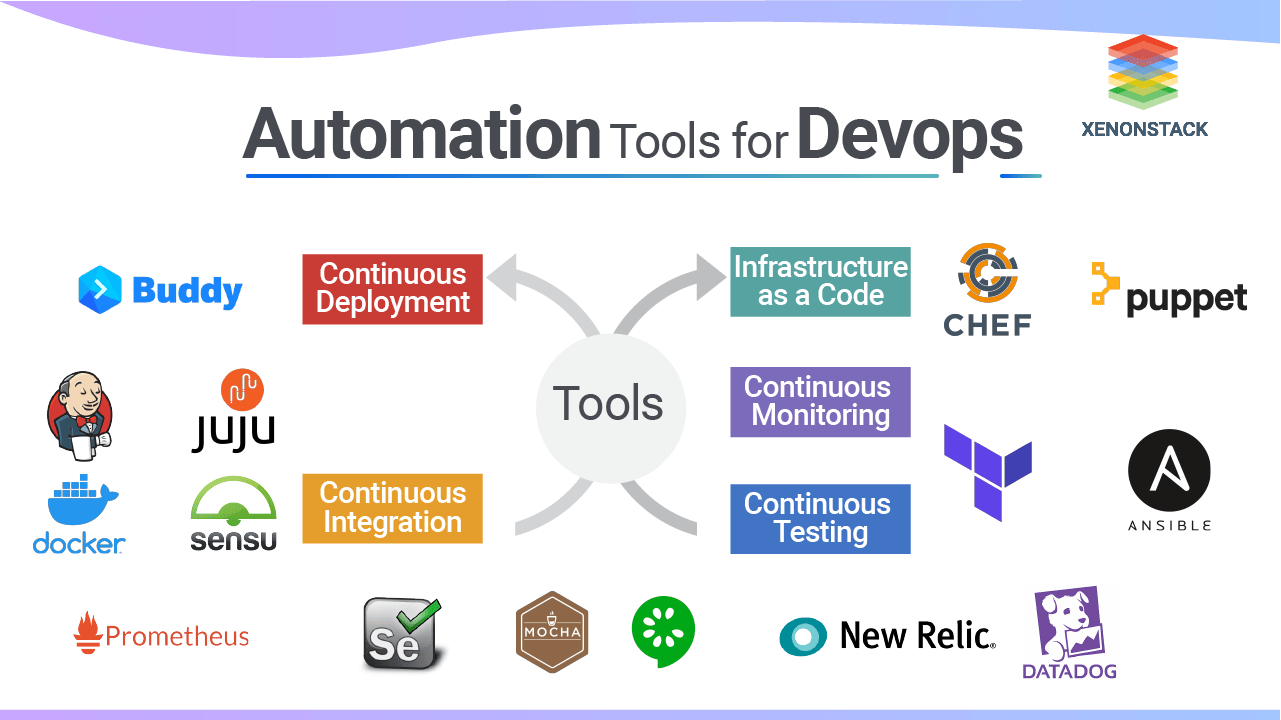
Ideally, these tools should support diverse testing types, seamlessly integrate with your DevOps pipeline, and offer rewarding features such as code reusability, maintainability, comprehensive reporting, and solid technical support.
One such versatile tool is Instatus. Instatus is a leading status page platform that offers an intuitive interface for creating and managing status pages. These pages provide real-time updates on system incidents, ensuring crystal-clear transparency with your customers.
Remember, selecting the right tools may involve some trial and error, but finding a tool that fits your needs – like Selenium and Appium – can significantly elevate your continuous testing approach. Take a look at our article on the “top DevOps automation tools” for more information.
2) Determine the best application tests
When implementing continuous testing, choosing tests that align with your software's specific needs is vital. Various tests provide different insights, so select the ones best suited for your use case.
Here are some commonly used tests, each serving a specific purpose:
- Unit tests validate individual units of your code, ensuring each component works in isolation as expected. These tests are great for catching minor issues early before they escalate into major problems.
- Functional tests verify if your software behaves as the end users expect. They simulate user interactions and confirm where the application's features are working correctly.
- API tests determine if your application programming interfaces (APIs) meet functionality, reliability, performance, and security expectations. Their testing is essential for the overall functionality of your software.
- End-to-end tests are all-inclusive assessments that check the full flow of your software from start to finish, ensuring all parts work seamlessly together.
Remember, the best testing approach strikes the perfect balance using the above. It allows you to reap the benefits of different testing methodologies, resulting in robust and reliable software.
3) Build a winning test automation framework
After identifying the right tests for your use cases, the next step is to build a test automation framework. This framework is a set of guidelines or rules for creating test cases. It's a combination of practices and tools designed to help Quality Assurance (QA) professionals test more efficiently.
There are various types of automation frameworks, including linear scripting, data-driven testing, modular testing, and hybrid testing. The choice depends on your team's needs, skills, and project.
4) Integrate continuous testing into the DevOps pipeline
Such integration encourages a 'Shift-Left' approach, where testing is initiated early in the development cycle. This early intervention allows for rapid mean time to detect (MTTD) and mean time to resolution (MTTR), significantly improving the overall software quality and reducing the time to market.
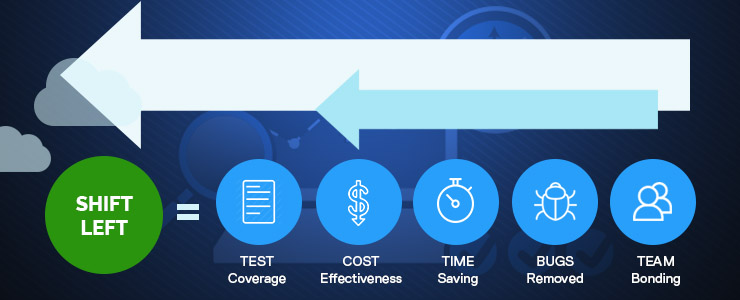
To achieve successful integration, you'll need to coordinate with different stakeholders, from developers and testers to operations personnel. The goal is to foster a culture of collaboration where all members are invested in delivering high-quality software.
5) Optimize your tests
With multiple tests running at each stage of your DevOps pipeline, ensure they’re efficient and effective. Regularly review your test cases to remove redundancy and improve execution speed.
Begin by refining the test scope, understanding all integrations critical to user workflows, including the technologies used in those applications like web, mobile, and API layers.
With a solid grasp of the test scope, the next task is to enhance the test cases. Design your test suites to offer the highest coverage with the least number of test cases, thus boosting quality and speed.
6) Develop a first-rate test orchestration system
Test orchestration allows you to manage and coordinate various testing processes and tools, promoting consistency in your testing practices. This system should allow you to automate as much of the testing process as possible, including test scheduling, data management, and reporting.
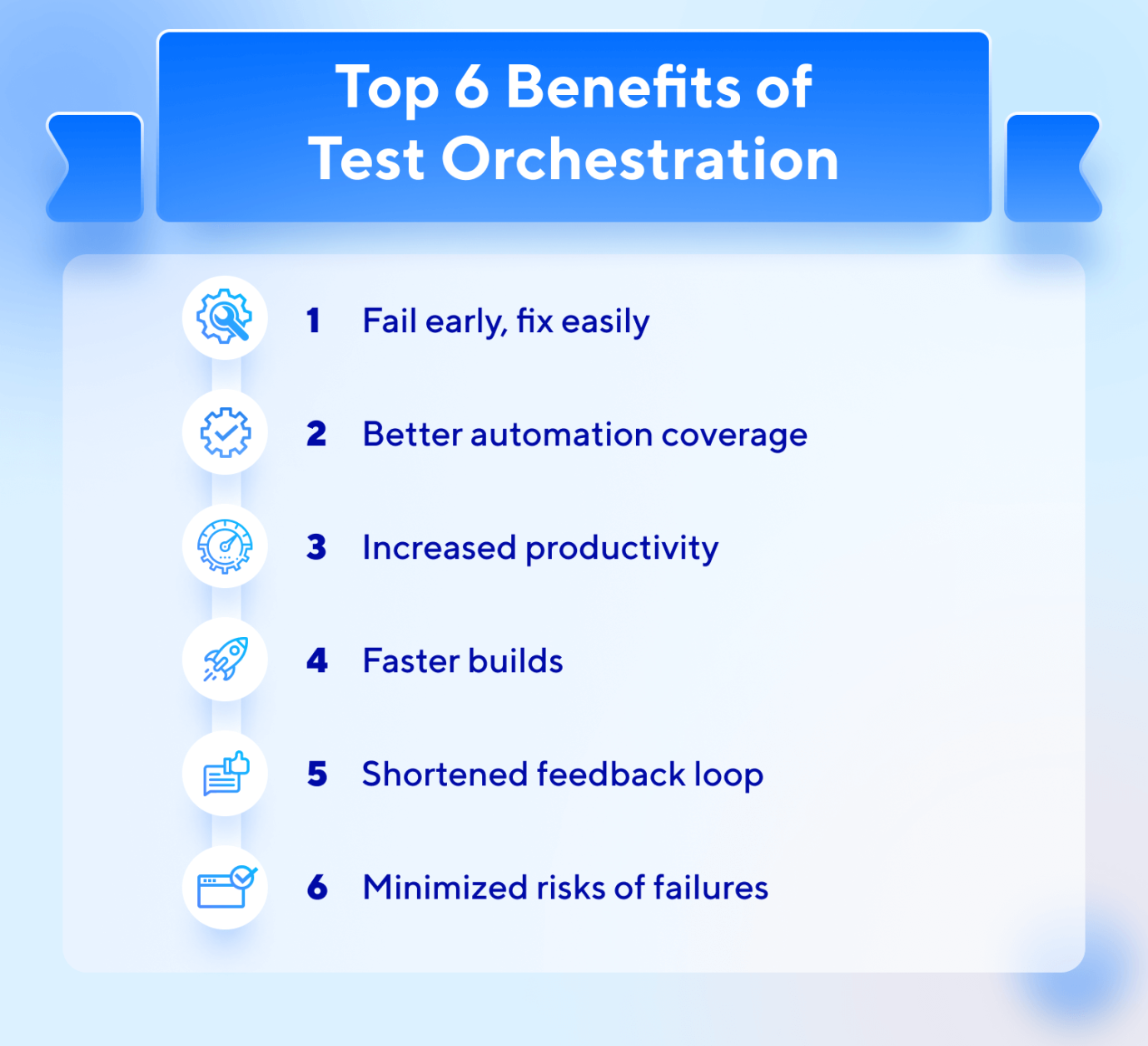
A well-designed test orchestration system will streamline your testing processes, allowing you to deploy changes faster.
Best practices in DevOps continuous testing
While following the steps above will guide you in implementing continuous testing in your DevOps pipeline, observing certain DevOps best practices will help you achieve optimal results. Let’s take a look:
- Adopt a "shift-left" approach: "Shifting left" means integrating testing early into the development process. By doing so, you can detect and fix issues earlier – reducing the cost and time required to fix them later.
- Ensure collaboration: Encourage seamless communication between developers, operations teams, and testers. This helps to improve understanding, accelerates decision-making, and promotes the early detection of issues.
- Leverage automation: Manual testing can be time-consuming and prone to errors. Automating your tests, especially the repetitive and routine ones, increases accuracy and frees your team to focus on more complex tasks.
- Continuous feedback and improvement: Establish a system for continuous feedback and improvement. Encourage team members to regularly review their processes, learn from successes and failures, and constantly look for improvements.
- Maintain a robust test data management strategy: Your test data should be relevant, secure, and easily accessible. Effective test data management greatly enhances the accuracy of your test results, so no stone is left unturned.
Remember, continuous testing is not a blanket solution. Adapt these best practices to your business’s unique needs and circumstances for the best results.
Embracing the future of DevOps with continuous testing
As the software industry evolves, continuous testing in DevOps has a bright future. It promises to be the main driver for adaptation to market changes, heightened test coverage, and reduced costs associated with bug fixing.
Keep in mind continuous testing is not a one-size-fits-all journey. Instead, it requires careful consideration of your team's capabilities, project requirements, and organizational goals. A key aspect of this journey is integrating powerful tools like Instatus.
With Instatus, you can be proactive in managing customer expectations, leading to a reduction in support tickets and freeing up valuable time for your team. Get your free status page today and minimize customer frustrations.
Get ready for downtime
Monitor your services
Fix incidents with your team
Share your status with customers

